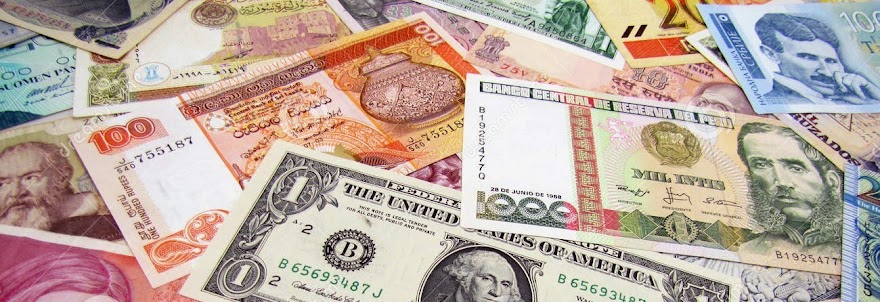1806-1861:
Bank of Bengal was established as Bank of Calcutta in 1806, later in 1809 changed to Bank of Bengal. In the picture, the view of Bank of Bengal from the Hoogly River in 1890s.
Bank of Bengal is among the earliest joint-stock governmental bank to issue currency notes in the Bengal Presidency. From top, Uniface series, Commerce Series, Britannia series.
(Image Curtsey: RBI Monetary Museum)
Bank of Bombay was established in Bombay (Mumbai) and started functioning on 15 April, 1840.
Bank of Bombay issued its currency notes between 1850-1860. The banknote in the illustration is the last series issued on 1st Nov. 1860.
The Town Hall, Bombay in 1850s. Town Hall was depicted on the notes. The statues of Mt. Stuart Elphinstone and Sir John Malcolm are inside the Town Hall (presently Asiatic Society). The statues were carved by Francis Chantrey. See below their pictures:
Mountstuart Elphinstone was an English statesman and historian. He was born in 1779 at Scotland and died in 1859. He joined the Bengal civil service in 1795, was ambassador to the Afghan court in 1808, was resident at the court of Poonah from 1810 to 1817, and was British commissioner to that province from 1817 to 1819, when he became governor of Bombay. During a government of seven years he established a code of laws, lightened taxes, and paid great attention to schools and public institutions. He resigned in 1827. A college established by the natives was called after him Elphinstone College. He was the author of an Account of the Kingdom of Cabul and its Dependencies (1815), and a History of India (1841). He was offered the governor-generalship of India in 1835, and afterwards that of Canada, both of which he declined.
Major-general Sir John Malcolm (2 May 1769 – 30 May 1833) was a Scottish soldier, statesman, and historian.
Bank of Madras was founded in 1843. They issued currency notes for a small period of 10 years.
Bank of Madras currency note of 15 Rupees
All three banks merged to form Imperial Bank of India in 1920-21 by the Govt. Act.
A seal of the bank (Image curtsey: SBI Musuem, Calcutta).
Bank of Madras 1861 issued banknote. This banknote is only seen so far as issued copy. This banknote can be seen in the SBI Museum in Calcutta.
Bank of Madras 100 Rupees currency note not issued with SPECIMEN print.
Image curtsey: SBI Museum Calcutta.
There were many private banks which also issued currency notes in that period.

13BQLWN,2Jpw~~60_12.JPG)








ciTyqBP3f4+mpyQ~~60_12.JPG)



